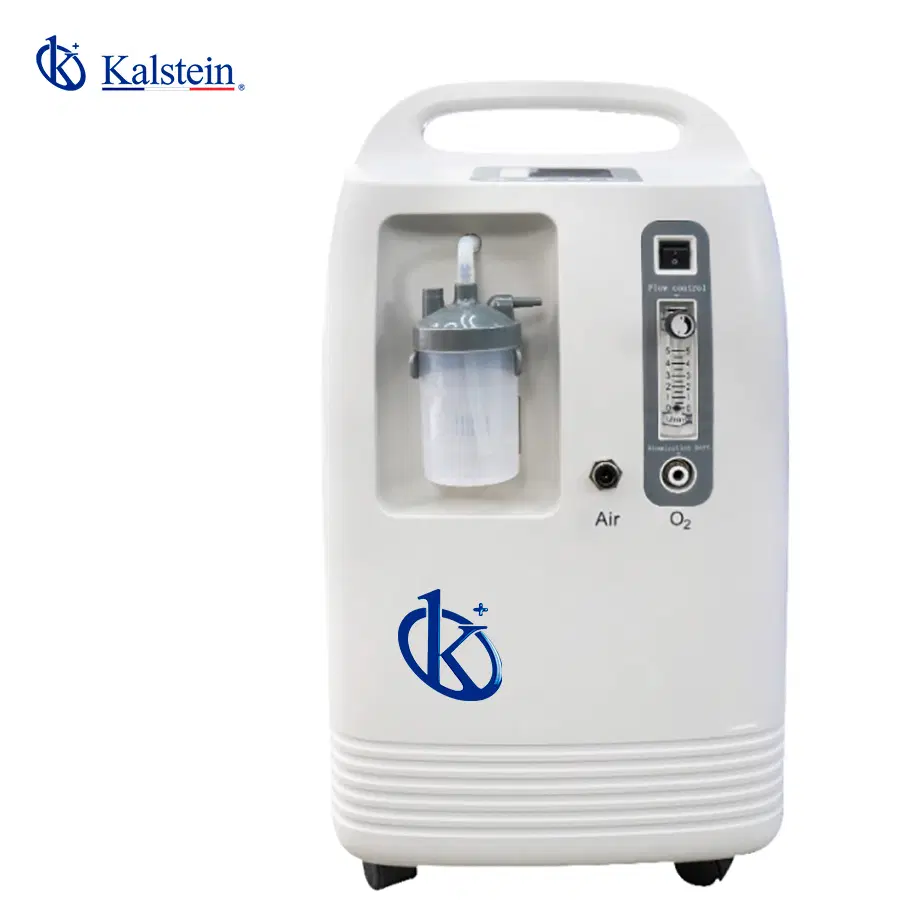In today’s world, medical innovation has significantly improved the quality of life for individuals with chronic respiratory conditions.
Stationary oxygen concentrators have become an essential solution for those needing a constant supply of oxygen at home. This article explores the benefits, unique features, and how this device addresses specific problems for users.
We understand that you need equipment that delivers maximum value to your laboratory. We invite you to visit https://kalstein.pl/category-product/medical-line/oxygen-concentrator/, to immerse yourself in our universe of cutting-edge technology equipment. Our prices are competitive and accessible, we combine the convenience of online shopping with the guarantee of an exceptional product. Because you deserve the best, we create and offer top-tier laboratory equipment. Make your choice today, where science comes to life. https://kalstein.pl/
Benefits of Stationary Oxygen Concentrators
Stationary oxygen concentrators offer numerous benefits, enabling users to lead healthier and more active lives. These devices are particularly useful for individuals with chronic lung diseases such as COPD, pulmonary fibrosis, and other conditions that impair respiratory capacity. By providing a continuous supply of oxygen, users experience a significant improvement in their overall well-being and quality of life.
Additionally, stationary oxygen concentrators eliminate the need to refill oxygen tanks, reducing dependence on external supplies and simplifying home treatment management. This not only saves time and effort but also provides greater autonomy to patients, allowing them to engage in daily activities without interruptions.
Unique Features of Stationary Oxygen Concentrators
One of the most notable features of stationary oxygen concentrators is their ability to provide a continuous flow of oxygen at adjustable rates according to the user’s needs. This ensures that patients receive the exact amount of oxygen required to maintain optimal saturation levels, thereby improving their respiratory health and quality of life.
Another important feature is their compact and portable design, which allows easy integration into any home environment. Advanced models come equipped with smart functions such as real-time oxygen monitors and safety alarms that alert users to any anomalies in the oxygen supply. These features ensure greater safety and peace of mind for patients and their families.
How It Solves Specific Problems
Stationary oxygen concentrators effectively address many specific problems faced by patients with respiratory diseases. One common challenge is maintaining adequate blood oxygen levels during sleep. With a stationary oxygen concentrator, users can sleep soundly knowing they will receive a constant supply of oxygen throughout the night, preventing episodes of nocturnal hypoxemia and improving sleep quality.
Another common issue is limited mobility due to reliance on heavy and bulky oxygen tanks. Stationary oxygen concentrators, being more compact and easier to handle, allow patients to move freely within their homes and participate in daily activities without the inconvenience of carrying heavy equipment.
Medical Innovation in Stationary Oxygen Concentrators
Medical innovation has played a crucial role in developing more advanced and efficient stationary oxygen concentrators. Continuous medical research has led to the creation of smaller, quieter, and more energy-efficient devices that offer superior performance and greater comfort for users.
Technological advances have incorporated high-efficiency filters that remove impurities, ensuring a supply of pure, clean oxygen. Additionally, new functionalities such as wireless connectivity and mobile applications allow users and their caregivers to remotely monitor and adjust the oxygen flow, enhancing treatment management and quality of life.
Impact on Medical Research
Stationary oxygen concentrators have also had a significant impact on medical research, allowing scientists and doctors to study more deeply the needs of patients with chronic respiratory diseases. These devices have facilitated the real-time collection of data on oxygen usage and saturation levels, providing valuable information for developing new treatments and therapies.
Moreover, studies have shown that regular use of stationary oxygen concentrators can reduce the frequency of hospitalizations and improve long-term outcomes for patients. This not only enhances the quality of life for patients but also reduces the costs associated with medical care and the treatment of complications related to hypoxemia.
Adaptability and Customization
One of the most outstanding advantages of stationary oxygen concentrators is their adaptability and customization to meet the individual needs of patients. These devices are designed to be adjustable in terms of oxygen flow, allowing users to tailor their treatment to their specific requirements. This flexibility is especially important for those whose oxygen levels may vary throughout the day and night.
Additionally, stationary oxygen concentrators come with a variety of accessories and complements such as nasal cannulas, face masks, and humidification systems that can be adapted to maximize comfort and treatment efficacy. This ability to personalize ensures that each patient receives the most appropriate and effective care possible.
In conclusion, stationary oxygen concentrators represent an innovative and effective solution to improve the quality of life for individuals with chronic respiratory conditions. With their multiple benefits, unique features, and ability to solve specific problems, these devices have become an essential tool in the field of medical innovation and medical research. Their adaptability and customization make them ideal for meeting the individual needs of each patient, ensuring better health and daily well-being.

